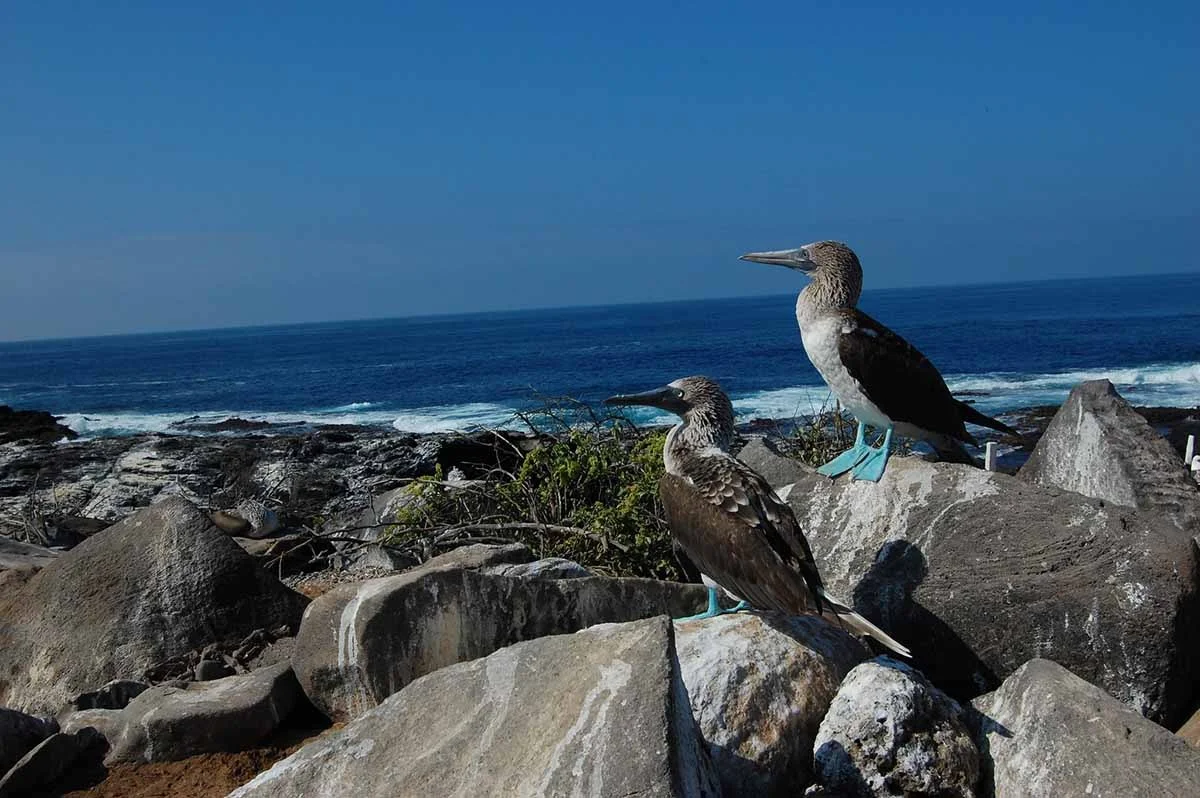Española Island: see the Waved Albatross & Snorkel with Galápagos Sea Lions
Also, know as Hood- a popular Galapagos cruise destination
The Espanola or Hood Island in the Galapagos archipelago is the southernmost isle and is a brilliantly spectacular shore excursion site. Espanola contains a breathtaking range of fauna in its heart, although its endemic wildlife, especially the waved albatross seems to be the main attraction for tourists visiting the place.
The area is roughly around 61 sq km and the altitude stands tall at 206 meters. With 4 million years on its back, Espanola is also one of the oldest isles in Galapagos. This is a fairly flat island occasionally punctuated by some hills, built by lavas emitted from underneath the sea.
How to get there
To reach Hood, you need to join a licensed Galapagos cruise program, a 10-12 hour boat ride from ‘Isla Santa Cruz’ that lies 90 km southeast and about 2-3 hours from nearby San Cristobal. This place is best toured from the period ensuing late March till the month of December when the endemic waved albatross nests here and comes to rest. It is also possible to take a day tour from Puerto Baquerizo Moreno on San Cristobal island.
Things to see
The Isla Espanola holds 2 great sites for its travelers to visit- Gardner Bay at the eastern fringes Punta Suarez situated on the western end.
The Gardener Bay is a popular tourist spot for swimming & snorkeling. Its exotic white sand beach is just the ideal cushiony base that you can rest your weight on for relaxing your mind and body fully. It is also a sea-lion colony and if you are visiting it anytime between October–December, you can catch a glimpse of the Green Sea turtles offshore as well.
Punta Suarez offers its visitors a delightful collection of wildlife, which is well worth exploring since this is possibly the best sightseeing spot in the whole of the Galapagos Islands. The 2 km stretched trail that it has houses lovely sea-lions at play; the Espanola Lava lizards; a gamut of colorful sea-birds like the Galapagos Hawk, the Galapagos Dove, the Hood Mockingbird, the large-billed Flycatcher, the Large-cactus Finch, the Swallow-Tailed Gull, the American Oystercatchers, the Red-Billed Tropicbirds; and a large number of huge marine Iguanas in action. Animals like the Fur Seals and Franklin’s gulls are also seen in this isle, but rarely.
If you are visiting the Galapagos Islands, a trip to Espanola is not to be missed. This is one of the most popular islands for bird-watching in the archipelago and the wildlife extravaganza that it offers is one of the best in the world.

